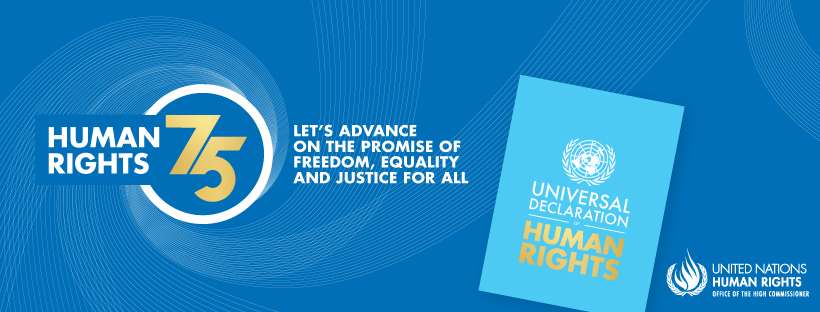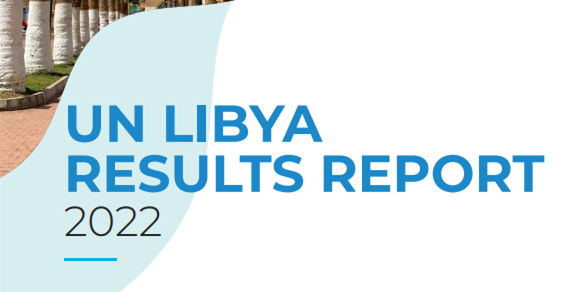Migration Trends in Libya 2016: Flow Monitoring Report
Libya - IOM Libya’s Displacement Tracking Matrix (DTM), has released its 2016 Flow Monitoring overview report, providing a comprehensive analysis of over 8,000 surveys conducted with transiting migrants throughout Libya in 2016.
The surveys, which were carried out with a sample of migrants at Flow Monitoring Points – key locations that transiting migrants pass through – gathered information on migrants’ nationalities, educational backgrounds, employment experience, motivations for leaving their countries and intended destinations.
The report highlights the diversity of the population of migrants transiting Libya. The main countries of origin were Niger, Egypt, Sudan, Nigeria and Chad. Also among the top 10 nationalities surveyed were migrants from Mali, Senegal, and Burkina Faso. The main nationality among female migrants surveyed, however, was Nigerian – followed by women from Niger, Egypt and Sudan.
Most male and female migrants surveyed were in their twenties, averaging 29 years of age.
The majority of migrants were unemployed prior to departing their countries, and 88 percent reported having left for economic reasons. Others reported leaving due to limited access to basic or humanitarian services, war or political conflict. Migrants intended either to remain in Libya or to continue on to Italy, France, Germany, or elsewhere in Europe, due to a variety of reasons.
According to those surveyed, “appealing socio-economic conditions” represented the main pull factor influencing migrants’ choice of destination country. Others cited “presence of relatives” or “the ability to claim asylum” as migration drivers.
“DTM’s strength is that we have been in the field engaging with migrants for a long time,” noted DTM programme manager Daniel Salmon. “By collecting data on a daily basis over six months, we have been able to gain a much better understanding of the motivations, conditions and characteristics of migrants in Libya, and obtain valuable data that was severely lacking beforehand.”
This report is the latest from the Libya DTM’s Flow Monitoring Module. DTM’s Flow Monitoring produces bi-weekly statistical reports and monthly survey analysis reports reporting on Libya’s migrant population. Flow Monitoring assessments feed into DTM’s broader data collection activities on mobile populations in Libya.
The programme also provides regularly updated baseline data on the numbers, locations, conditions and needs of IDPs, returnees and migrants in Libya through its Mobility Tracking reports. Together, DTM assessments work to provide the international community with the data it needs to extend targeted humanitarian support to the most vulnerable populations in the country, and to formulate evidence-based longer term policies and interventions for the benefit of these populations.
For the full report and all other DTM publications, please see www.globaldtm.info/libya
For further information, please contact IOM Libya. Othman Belbeisi, Tel: +216 29 600389, Email: obelbeisi@iom.int or
Daniel Salmon, Email: dsalmon@iom.int
 United Nations Peacekeeping
United Nations Peacekeeping UN
UN







